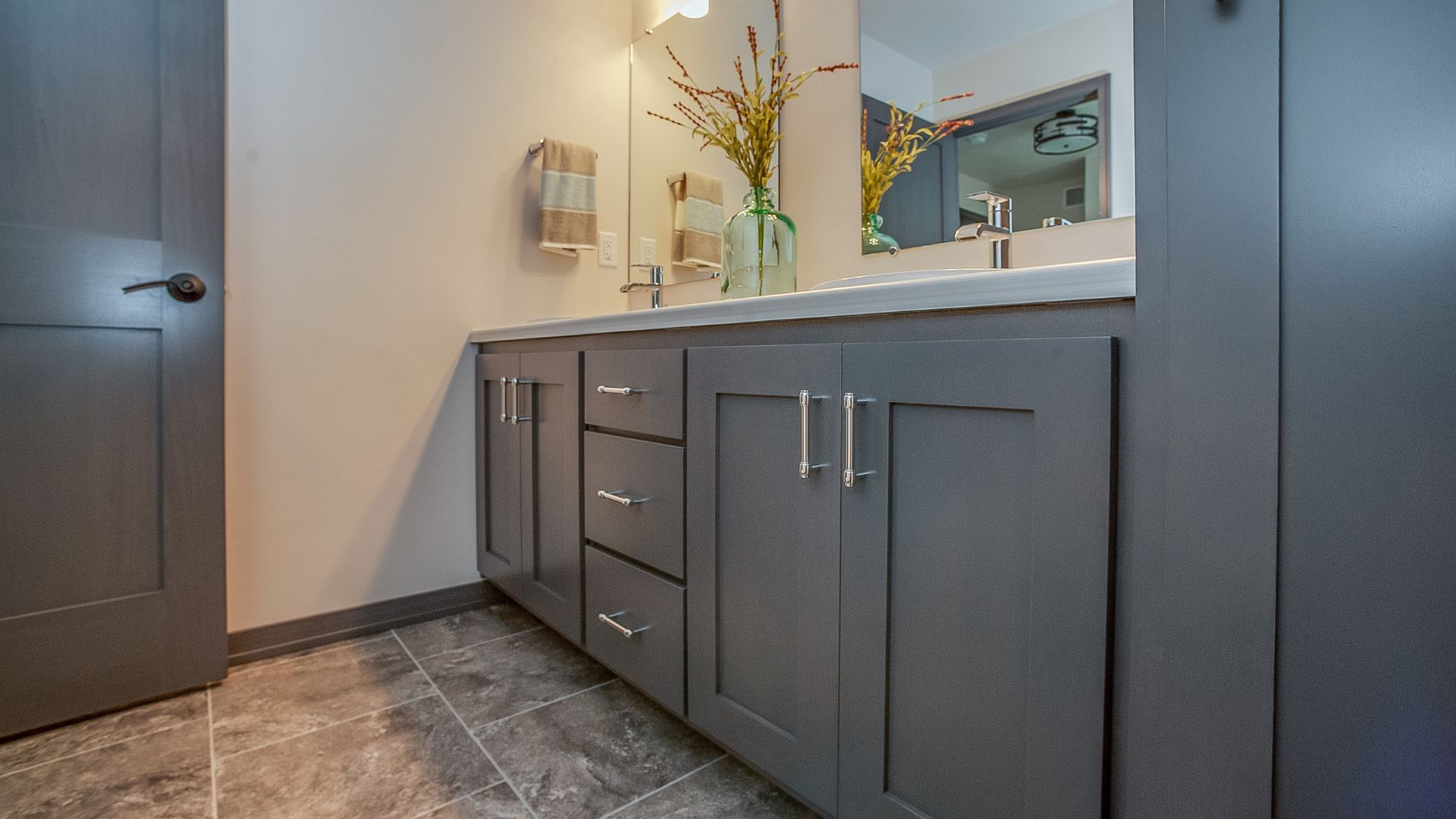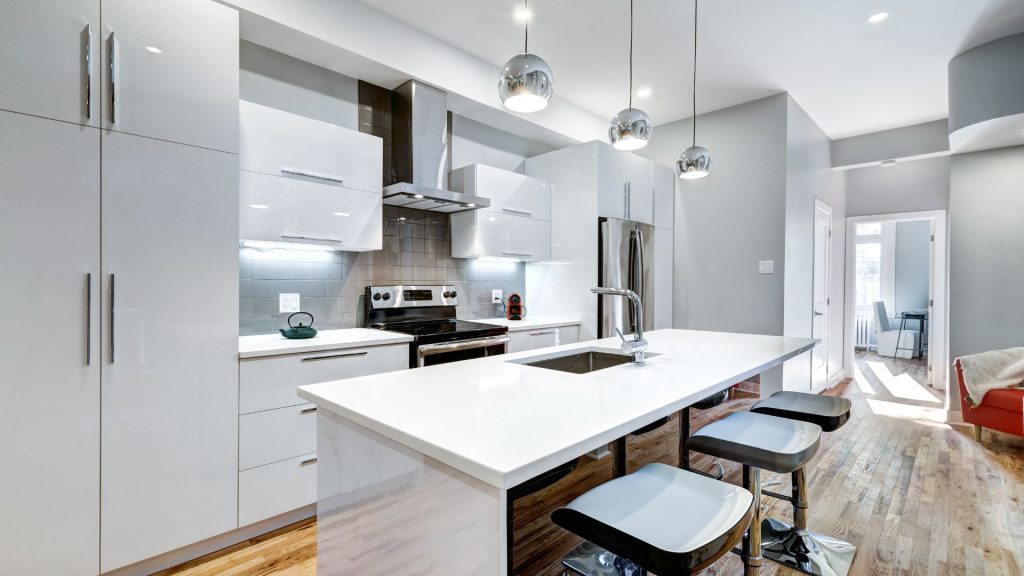Renovating your kitchen or bathroom is not just a way to create a more enjoyable living space but also an excellent investment in the value of your home. However, these projects can be significant financial undertakings that require careful planning and consideration. Understanding the financing options available is crucial in making your dream renovation a reality without straining your finances.
In this blog post, we’ll explore various ways you can fund your kitchen or bathroom remodel, from using personal savings to securing loans. We’ll also provide tips on budgeting effectively and choosing the right financing method based on your financial situation and project needs. This guide aims to help you navigate the complexities of financing a remodel, ensuring you can make informed decisions to achieve the best outcomes for your home and financial health.
Understanding the Costs Involved

Before diving into financing options, it’s important to have a clear understanding of the costs involved in a kitchen or bathroom remodel. These projects often include expenses for materials, labor, design fees, and sometimes unexpected costs that arise during renovations. Creating a detailed budget that encompasses all these factors is crucial; it helps you avoid surprises and ensures you can cover all necessary expenses.
To accurately estimate your costs, start by getting quotes from several contractors or design-build firms like Selective Remodeling. This will give you a realistic idea of what your specific project might cost based on your location, the complexity of the job, and current market rates. Remember, it’s wise to add a contingency of 10-20% to your budget to cover any unforeseen expenses, ensuring that your project doesn’t stall midway through due to lack of funds.
Personal Savings
Using personal savings to fund your remodel is one of the most straightforward and cost-effective methods. This approach avoids the pitfalls of interest rates and loan applications, giving you more control over the timeline of your project. If you have the resources available, paying cash can also strengthen your negotiating position, potentially lowering the cost of services as immediate payment is often highly valued by contractors.
However, building up enough savings to cover a full remodel can take time. If you’re considering this route, plan your saving strategy well in advance. Set up a dedicated home improvement savings account and contribute regularly, treating it like any other essential expense in your budget. This disciplined approach can help you accumulate the necessary funds without disrupting your other financial goals.
Home Equity Loans and HELOCs
For homeowners with equity built up in their properties, home equity loans and Home Equity Lines of Credit (HELOCs) are popular financing options. A home equity loan provides you with a lump sum at a fixed interest rate, making it ideal for funding projects with a well-defined budget. In contrast, a HELOC works more like a credit card, giving you a line of credit you can draw from as needed, which is particularly useful for ongoing or phased projects.
Both options typically offer lower interest rates compared to personal loans because they are secured by your home. However, this also means your home serves as collateral, which can be risky if you’re unable to keep up with payments. Carefully consider your ability to repay the loan when choosing this option, and take advantage of potential tax deductions on interest payments under certain conditions.
Personal Loans
Personal loans can be an excellent option for financing a remodel if you lack home equity or prefer not to use your home as collateral. Unsecured personal loans are based on your creditworthiness and do not require property as security, though this often translates to higher interest rates and stricter approval conditions. Secured personal loans may offer lower rates but require collateral, such as a car or another asset.
When considering a personal loan, shop around to find the best rates and terms available. Check with banks, credit unions, and online lenders. Keep in mind that your credit score, income, and debt-to-income ratio will play significant roles in what kind of loan terms you can secure, influencing how affordable this option will be for your remodeling project.
Credit Cards
Credit cards are a convenient tool for financing smaller remodeling expenses or the purchase of materials and fixtures. Many credit cards offer rewards programs that can help you earn points or cash back on your purchases. For larger expenses or entire projects, look for cards that offer a 0% introductory APR on purchases. This can allow you to finance your remodel interest-free during the introductory period, provided you can pay off the balance before the standard interest rate kicks in.
However, relying on credit cards without a plan to quickly pay off the balance can lead to substantial interest payments due to typically high APRs. It’s crucial to use credit cards strategically and responsibly within the broader context of your financial plan to ensure they help rather than hinder your renovation goals.
Government Loans and Grants
Certain government programs can help homeowners finance their kitchen and bathroom remodels, especially if they aim to improve energy efficiency or meet specific community development criteria. FHA 203(k) loans, for example, allow homeowners to finance the purchase and renovation of a home through a single mortgage. There are also grants and rebates available for implementing energy-efficient technologies or for homeowners in particular areas or circumstances.
To explore these options, contact your local housing authority or visit the U.S. Department of Housing and Urban Development (HUD) website. These programs can have very specific eligibility requirements and application processes, but they can offer favorable terms that are not typically available through private loans.
Alternative Financing Options
If traditional financing options don’t suit your needs, there are alternative methods to consider. Some contractors offer financing plans, which can be convenient but may come with higher interest rates than other financing methods. Peer-to-peer lending platforms also offer personal loans funded by individual investors rather than banks, often with competitive terms.
Another creative option is tapping into a life insurance policy with a cash value component or borrowing against a retirement account, though these approaches carry their own risks and costs. Before pursuing alternative financing, carefully weigh the terms and potential long-term impacts on your financial health.
Planning and Prioritizing Expenses
Effective financial management of a remodeling project requires careful planning and prioritization of expenses. Start by identifying the must-have elements of your remodel that are non-negotiable, and then list out other desirable features that you can phase in over time if necessary. This approach helps manage cash flow and reduces the need to finance the entire project at once.
In addition, maintaining a contingency fund as part of your budget is critical. Unexpected issues often arise during remodeling projects, and having a financial buffer can help you manage these surprises without stress. By planning your finances carefully and prioritizing your spending, you can keep your project moving forward smoothly without overextending your finances.
Financing a kitchen or bathroom remodel requires careful consideration and planning, but with the right approach, it can be a manageable and rewarding investment. By understanding the range of financing options available and evaluating your financial situation, you can choose a method that minimizes costs and maximizes the value added to your home.
If you need help planning your next remodeling project or deciding on the best financing option, Selective Remodeling is here to assist. Our experts can guide you through the entire process, ensuring your renovation enhances your home’s value and appeal without breaking the bank. Contact us today to get started on your dream kitchen or bathroom with the ideal financing plan in place.


